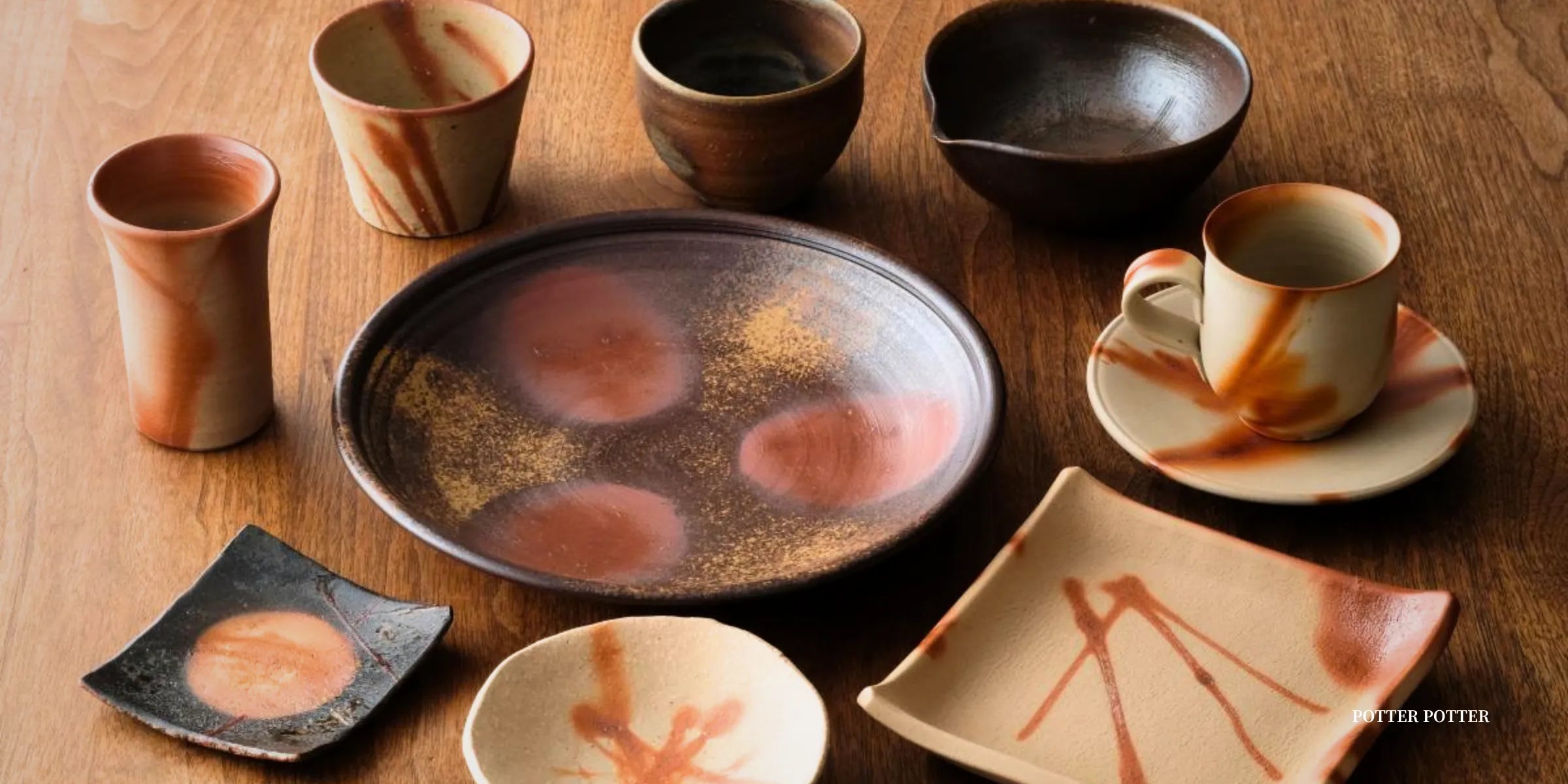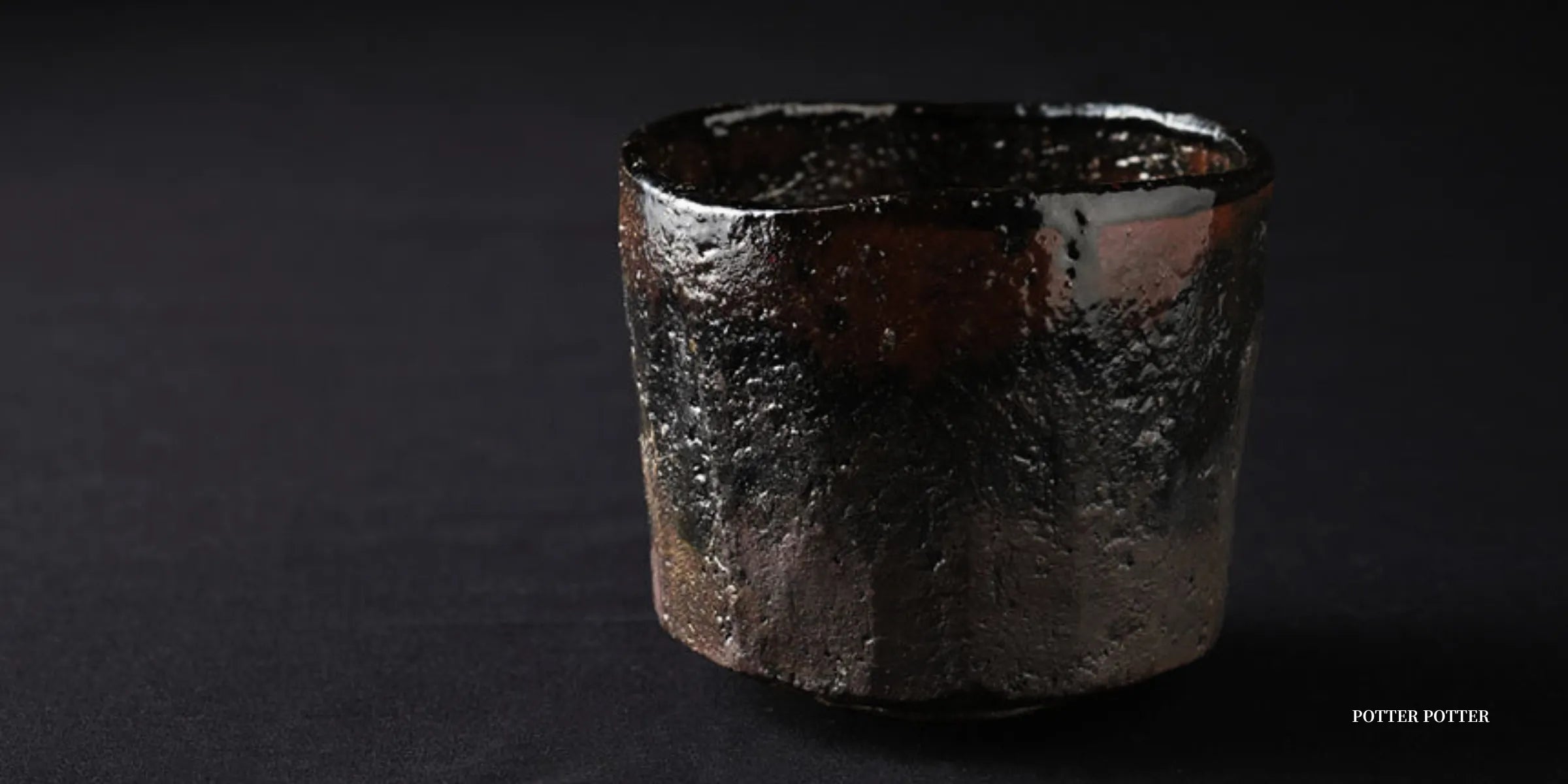
Hasami Ware: Timeless Elegance of Porcelain from Nagasaki Prefecture
Why has Hasami Ware captivated pottery enthusiasts worldwide? Its origins in Nagasaki, combined with centuries of skilled craftsmanship, result in porcelain known for its elegance and durability. Blending traditional artistry with modern designs, Hasami Ware offers both beauty and practicality, making it a beloved choice for households globally.

|
Table Of Contents |
History of Hasami Ware
Hasami Ware’s origins can be traced back to the early 17th century in the town of Hasami, Nagasaki Prefecture. In 1598, during the late Sengoku period, the local feudal lord, Omura Yoshiaki, brought Korean potters to Japan. These skilled craftsmen were pivotal in the development of pottery techniques that led to the establishment of Hasami Ware. Initially, the kilns produced simple earthenware, but soon the discovery of high-quality porcelain clay in the nearby Amakusa region led to a shift towards porcelain production.
By the Edo period (1603-1868), Hasami Ware had firmly established itself as a major producer of porcelain in Japan. Its early products were heavily influenced by the more famous neighboring porcelain styles such as Arita and Imari, and for a long time, Hasami Ware was often sold under the name of these styles. However, the affordability and accessibility of Hasami porcelain made it particularly popular among the common people. One of its most iconic creations, the kurawanka bowl, was widely used in Japanese households during the Edo period. The term “kurawanka” means “Eat up! Drink up!” and refers to the lively street vendor culture of the time.
The late 19th century saw a major shift in Hasami Ware production due to technological advancements and the decline of hand-crafted pottery. However, instead of fading into obscurity, Hasami Ware adapted. With the advent of mass production techniques, the pottery industry in Hasami became one of Japan’s leading producers of everyday tableware. The development of durable and affordable porcelain products for daily use gave Hasami Ware a second wind, further solidifying its reputation not only in Japan but also internationally.
In modern times, Hasami Ware has embraced a balance between tradition and innovation. While the kilns continue to produce the classic blue and white porcelain, they have also ventured into modern designs, collaborating with contemporary artists and designers. This reinvention of Hasami Ware has brought it into a new era of popularity.
Characteristics of Hasami Ware
Hasami Ware is distinguished not by a singular, definitive style but by its versatility. In fact, it is often said that “the lack of a fixed characteristic is Hasami Ware’s defining trait.” This flexibility has allowed it to adapt to various artistic trends over the centuries, making it an ever-evolving form of porcelain.
One of the most iconic features of traditional Hasami Ware is its blue-and-white porcelain, often referred to as sometsuke. These pieces typically feature intricate hand-painted designs in cobalt blue on a smooth, white surface. The clean, elegant aesthetic of these pieces has made them highly sought after for centuries.
Another key characteristic is the division of labor in the production process. Unlike other pottery traditions where a single craftsman handles the entire creation process, Hasami Ware production follows a division of labor system. Different artisans specialize in specific tasks such as forming, painting, and firing. This process not only enhances the efficiency of production but also ensures a high level of craftsmanship in each stage.
Hasami Ware’s adaptability also extends to its shapes and designs. The classic kurawanka bowls, with their simple yet functional form, reflect the practicality that has always been a hallmark of Hasami Ware. Other popular designs include kompura bottles, which were originally made for exporting soy sauce and sake during the Edo period, and Warenikka dishware, a highly durable line of tableware developed for use in school lunch programs and hospitals. These pieces showcase Hasami Ware’s commitment to combining beauty with functionality.
The modern iteration of Hasami Ware also boasts a wide variety of contemporary designs. Sleek, minimalist aesthetics have become increasingly popular in recent years, often using neutral tones and simple geometric patterns. This versatility allows Hasami Ware to blend seamlessly into both traditional and modern table settings, making it appealing to younger generations of pottery lovers worldwide.
Finally, the durability of Hasami Ware is worth noting. Most Hasami pieces are dishwasher and microwave safe, which has contributed to their enduring popularity as functional, everyday tableware. The porcelain is known for being lightweight yet sturdy, making it ideal for both daily use and special occasions.
Global Influence of Hasami Ware
While Hasami Ware was initially created for domestic use, its influence has now spread far beyond Japan. Today, Hasami Ware is exported worldwide and appreciated for its blend of tradition and modern design. This global influence can be attributed to several factors.
One of the most significant contributions to Hasami Ware’s international reputation came during the late Edo period, when Japan opened up to international trade. Hasami Ware was exported extensively to Europe and Southeast Asia, often under the broader category of Imari Ware. During this period, pieces such as the kompura bottles became particularly popular in foreign markets. These were used to export soy sauce and sake, and over time, they became highly collectible items in their own right.
Hasami Ware’s accessibility and affordability have also played a significant role in its global spread. While other forms of Japanese porcelain, such as Kutani or Nabeshima, are known for their intricate and high-end designs, Hasami Ware has always been designed with everyday use in mind. Its affordability made it an attractive option not only for the Japanese middle class but also for international buyers looking for high-quality, functional tableware.
The modern-day resurgence of Hasami Ware can largely be attributed to its collaborations with international designers. By incorporating contemporary styles, Hasami Ware has redefined itself to appeal to a global audience. Design shops in cities like New York, London, and Paris now carry Hasami Ware, often showcasing minimalist designs that fit seamlessly into modern home decor. These collaborations have expanded Hasami Ware’s appeal beyond the traditional Japanese aesthetic, making it a staple in homes around the world.
In addition to its presence in home kitchens, Hasami Ware has also become a popular choice for restaurants and cafes worldwide. Its simple yet elegant design makes it ideal for serving everything from sushi to pasta, allowing chefs to present their dishes with a touch of Japanese craftsmanship. In particular, the kurawanka bowls have found a new audience in the global dining scene, where their practical size and shape make them ideal for a variety of culinary uses.
The End.
Hasami Ware’s journey from a small town in Nagasaki to the global stage is a testament to its timeless appeal. From its rich history and practical design to its adaptability in modern settings, Hasami Ware continues to capture the hearts of people around the world. Whether you are a pottery enthusiast, a professional chef, or simply someone who appreciates quality tableware, Hasami Ware offers a perfect blend of tradition and innovation.
If you’re looking to add a touch of elegance to your table setting, Hasami Ware is a must-have. Its unique designs, practical functionality, and rich cultural history make it an ideal choice for any home. Discover the timeless beauty of Hasami Ware and elevate your dining experience today.

